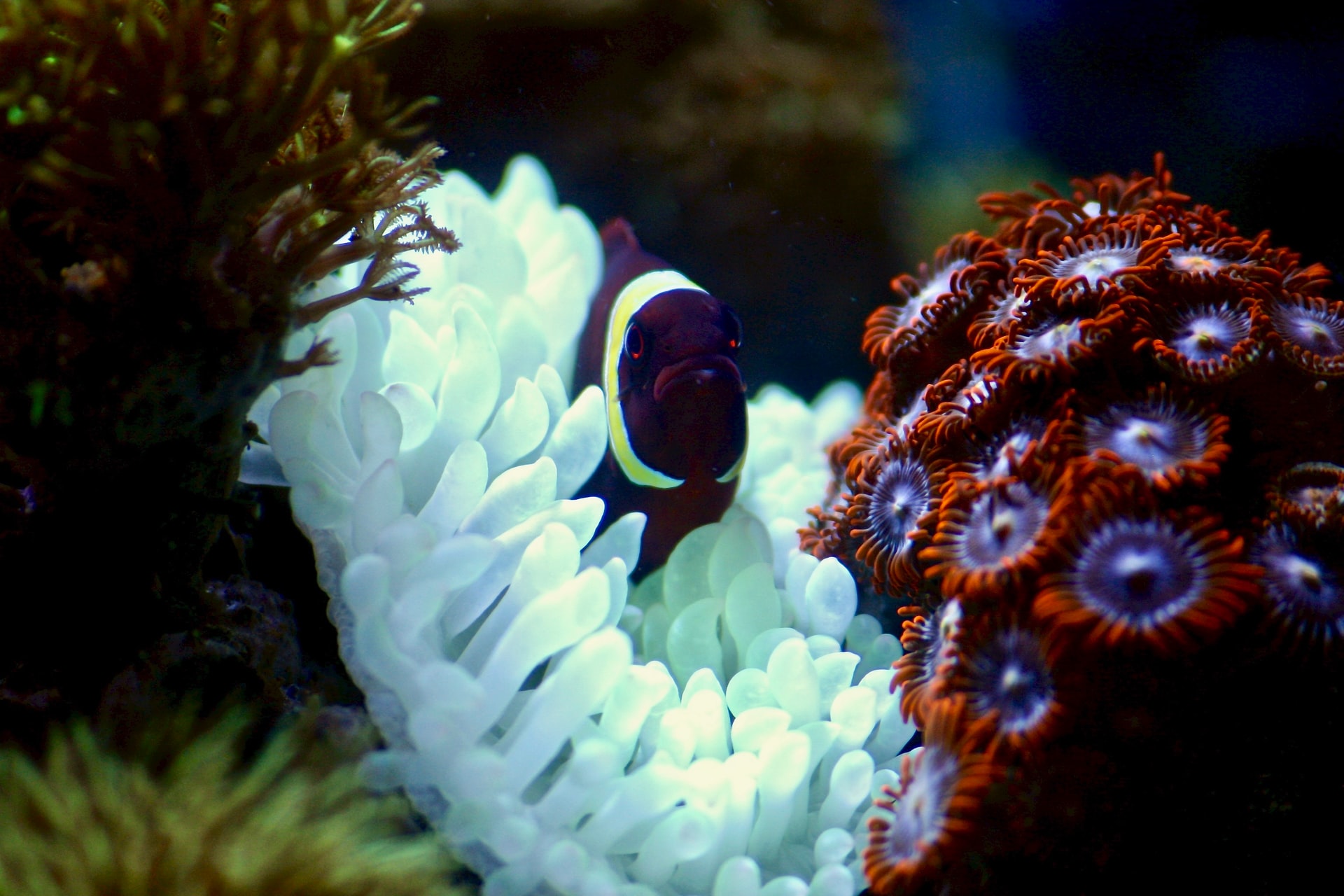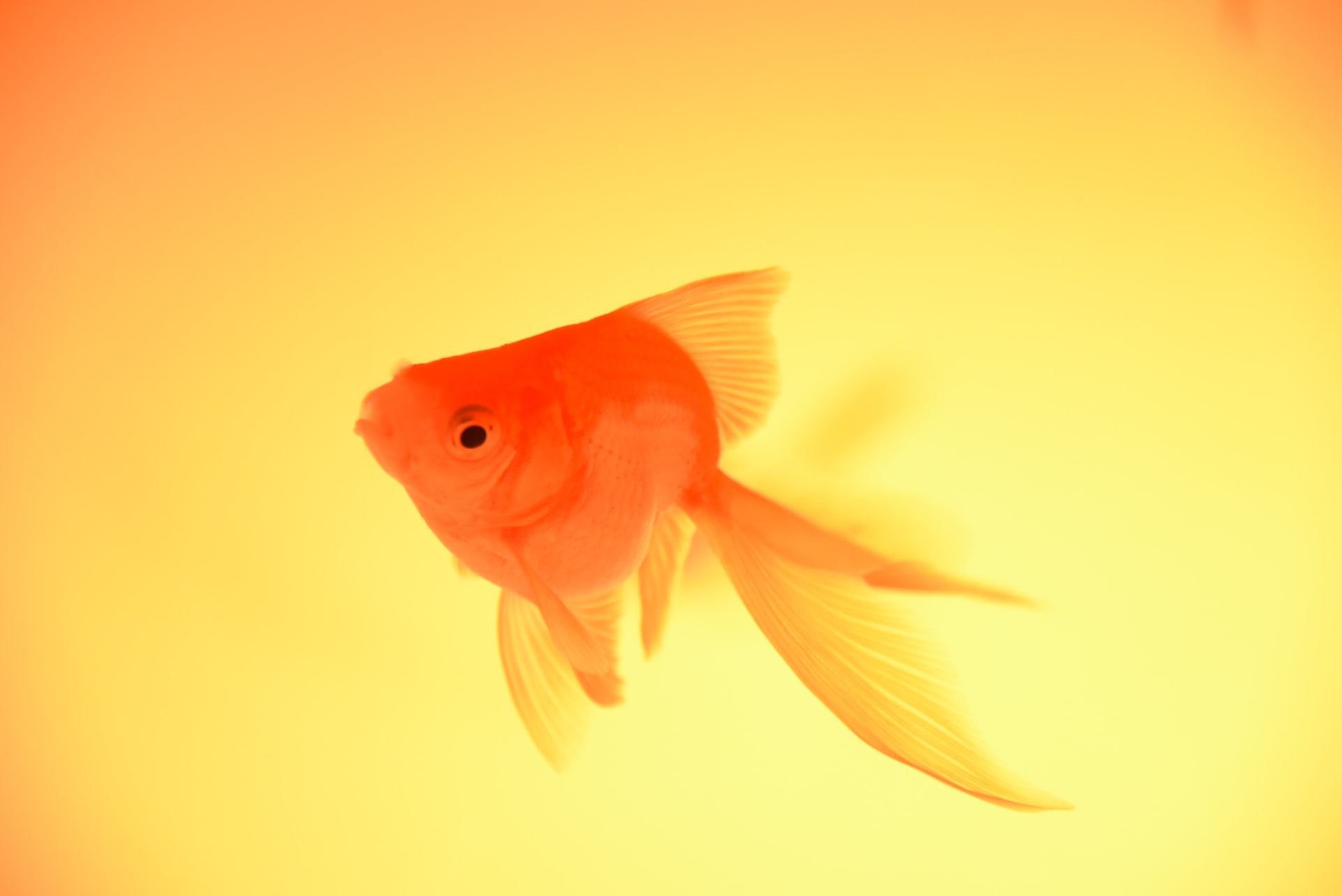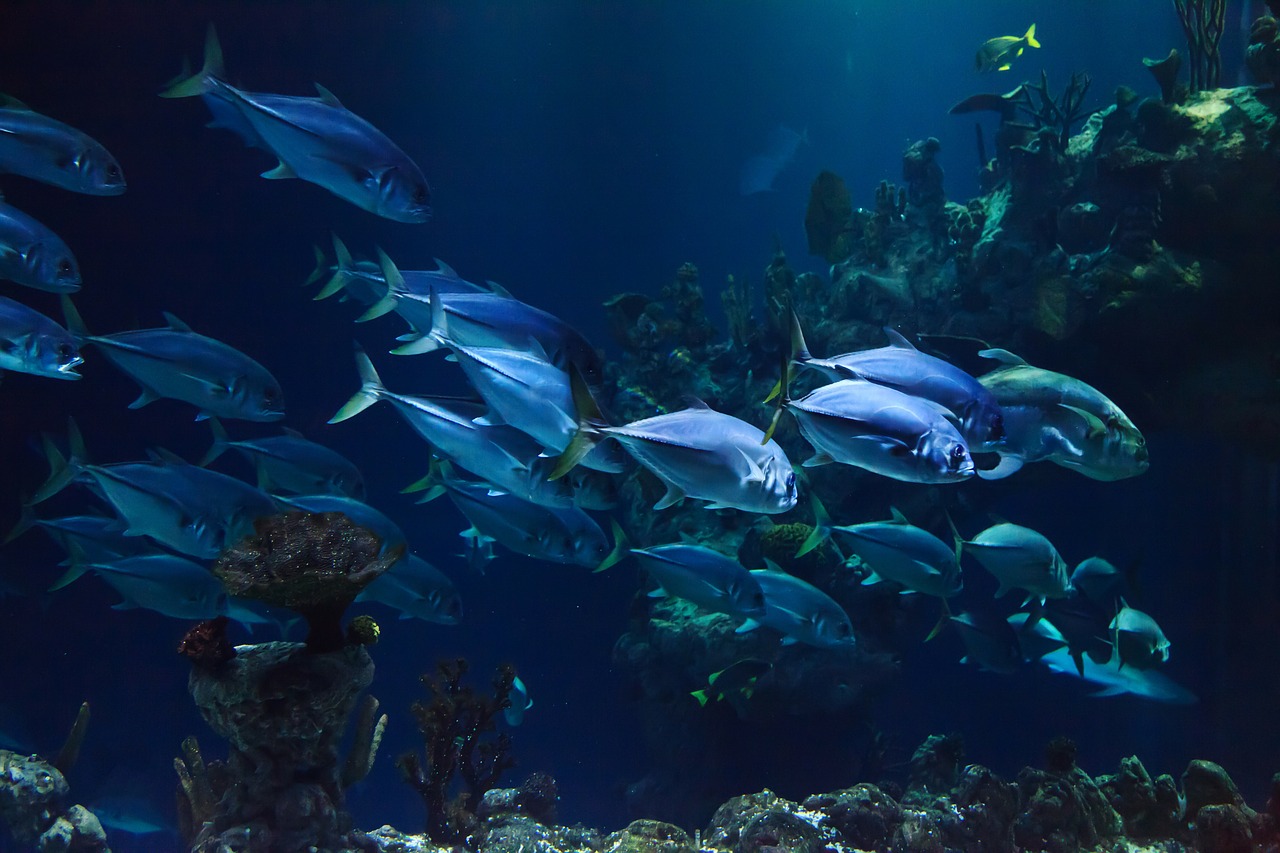One major component of your salt water tank is also the one that allows it to support colorful fish and invertebrates – the marine salt.
There are many different brands of salt on the market, all of them being basically the same. The only difference among them is whether or not they have nitrates and phosphates.
Both nitrates and phosphates are bad news for fish tanks, so you should read your labels carefully and avoid any marine salt that lists these. Some good marine salts include Instant Ocean (IO), IO Reef Crystals, and Coralife. As a note, standard rock salt can not be used as a substitute for marine salt mixes. Rock salt does not contain the important elements that marine creatures need to survive.
Your saltwater tank requires a specific amount of salt in order to be hospitable to your fish. The marine salt itself will have instructions as to how much salt to add when setting up your tank. This is easily measured and you should continue to measure every couple of days – remember, your tank’s water will evaporate but the salt will not so as time goes on, your water can become saltier and saltier.
To measure the specific gravity of your saltwater you will need a hydrometer. There are two basic types of hydrometers available to hobbyist, the floating kind which usually measures temperature as well, and the plastic kind with a floating arm. It’s basically a toss up as to which one to get, but the plastic kind has a larger scale and is easier to read.
Testing The Salt Water Tank
Even freshwater tanks require testing of the water, but with saltwater tanks this is critical as the water quality must be near perfect for the fragile fish you will be keeping. The final component needed to run a successful saltwater aquarium is test kits. In order of importance, they are pH, nitrate, phosphate, alkalinity, nitrite, ammonia and Calcium (for reef tanks, the calcium test kit is more important than nitrite and ammonia). A good pH test kit is critical, and an electronic pH monitor is even better. Ammonia and nitrite tests are only needed occasionally after cycling. A nitrate test kit is a good overall test for water quality after the tank becomes established. You should perform a pH test once a week and a nitrate test every two weeks. The other kits are not necessary, but may be needed to solve particular problems or after you advance to more delicate creatures.











